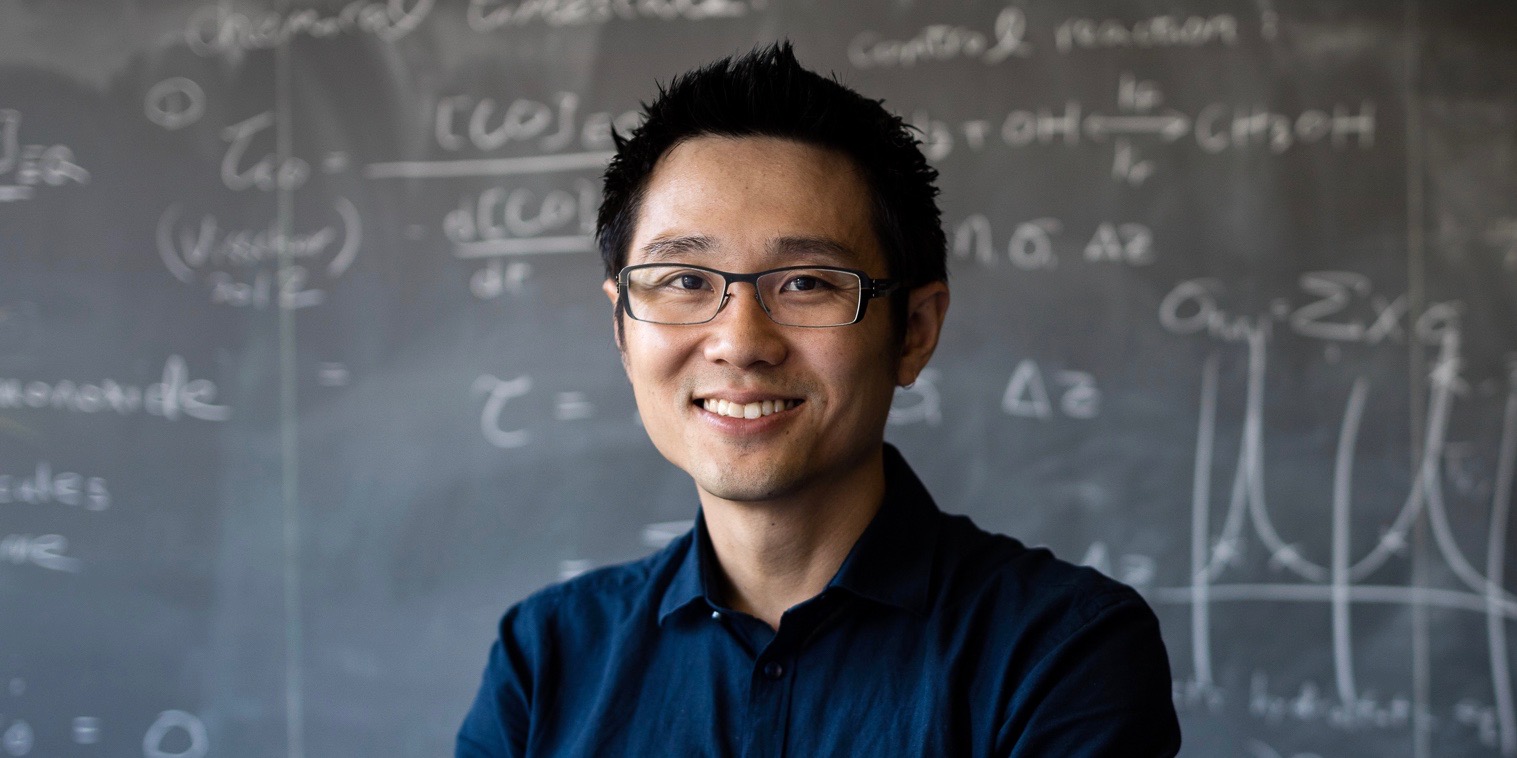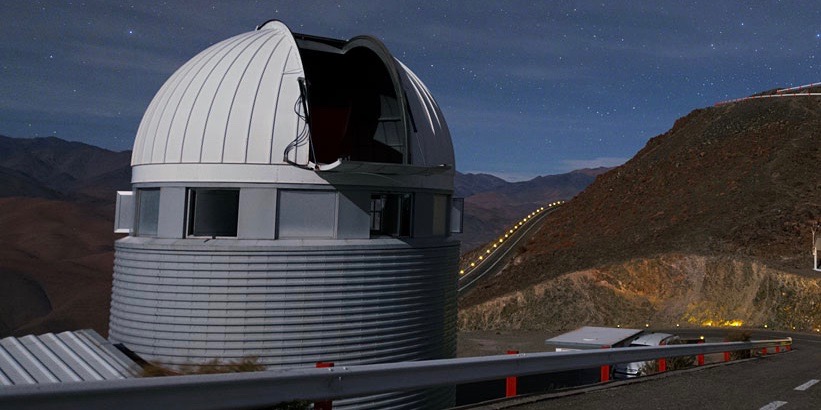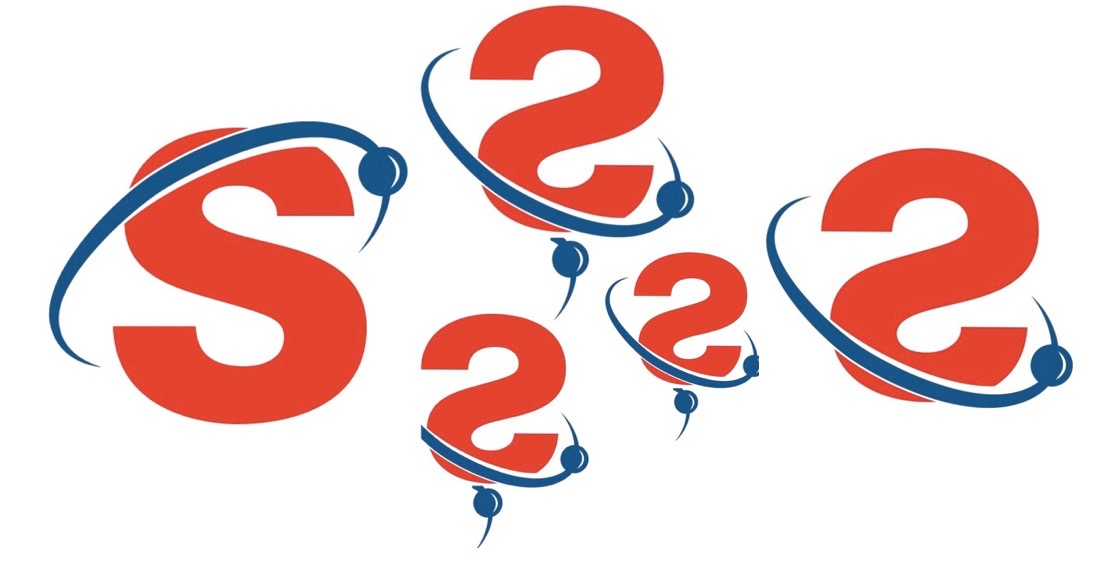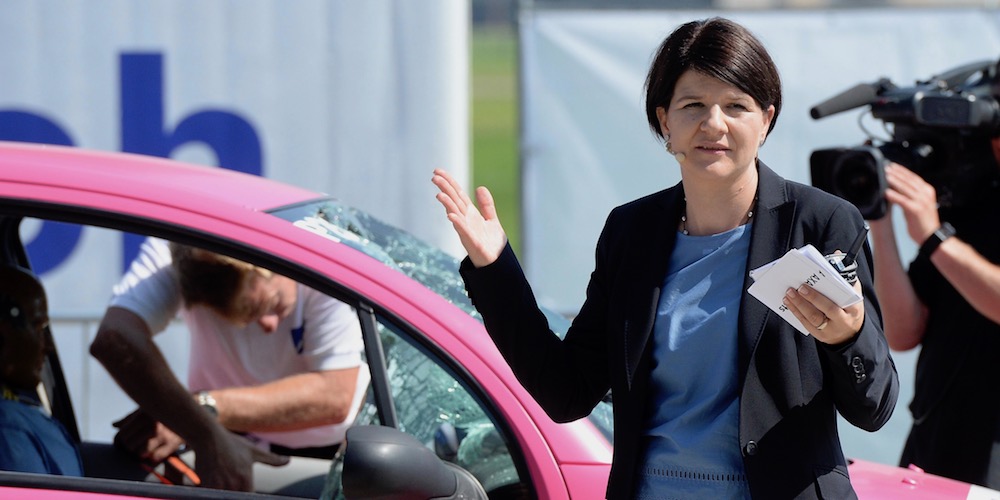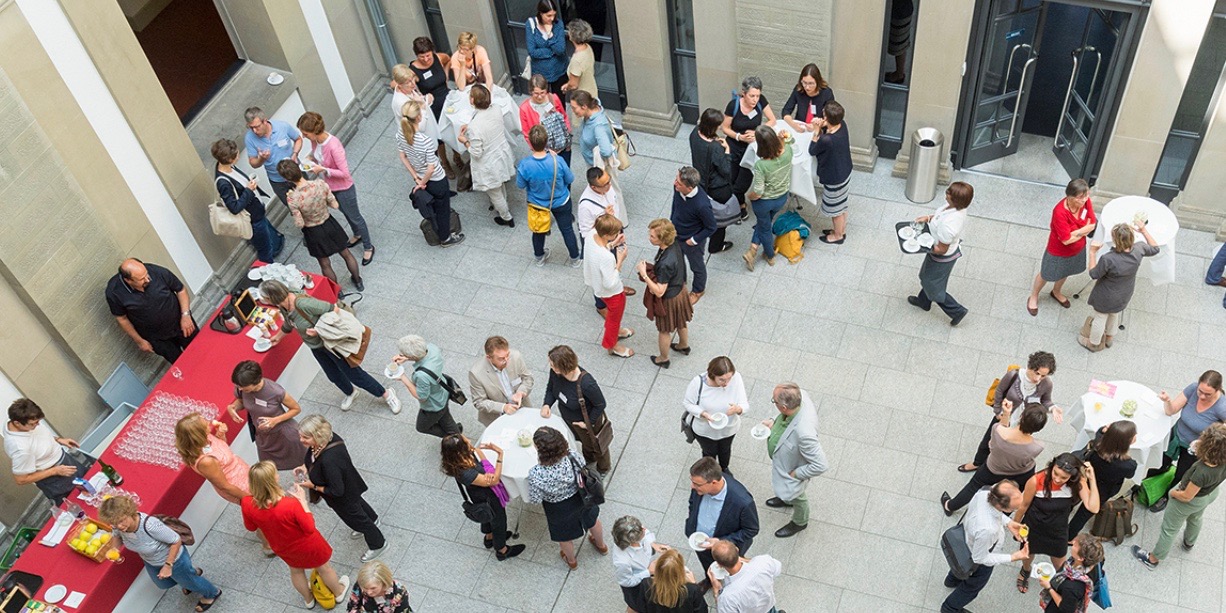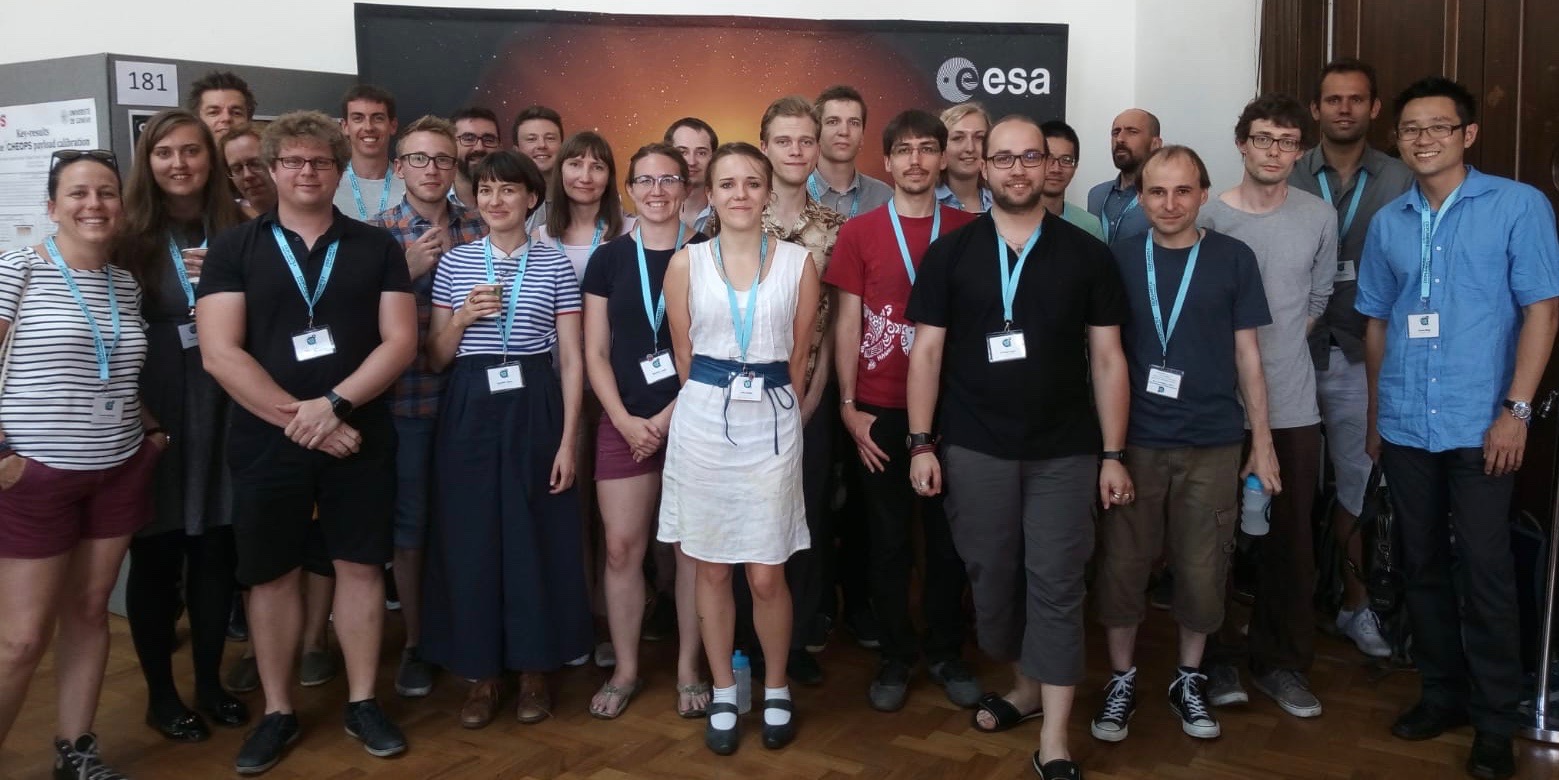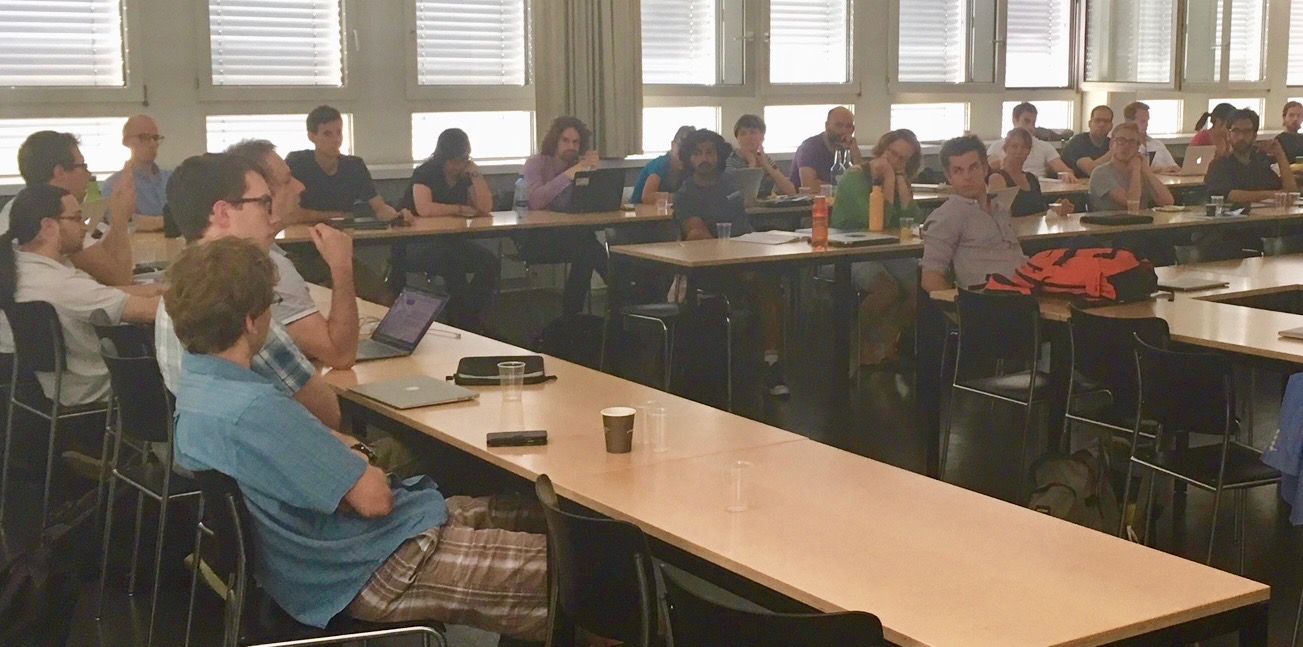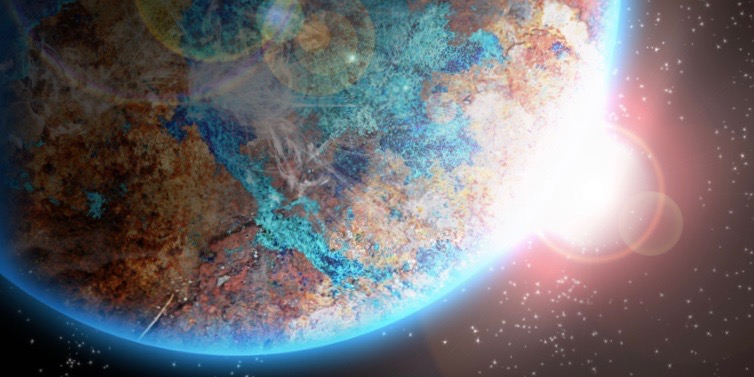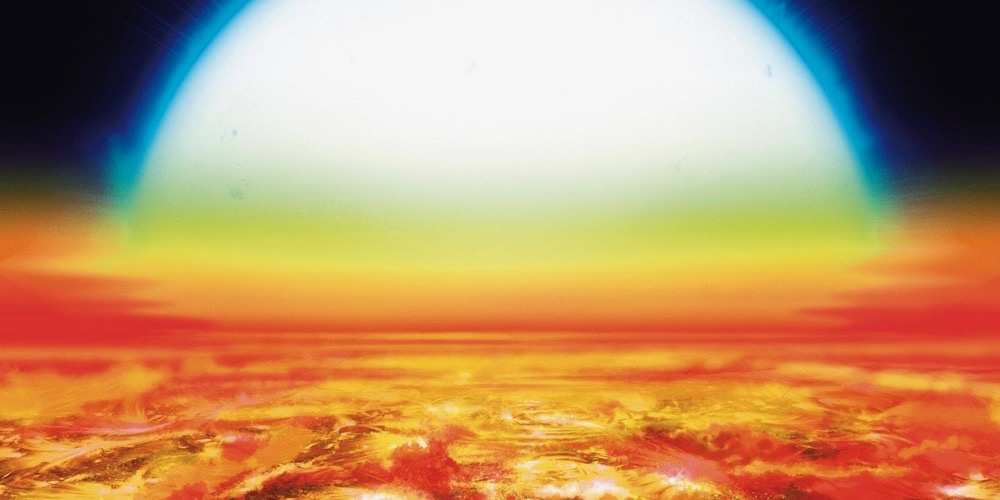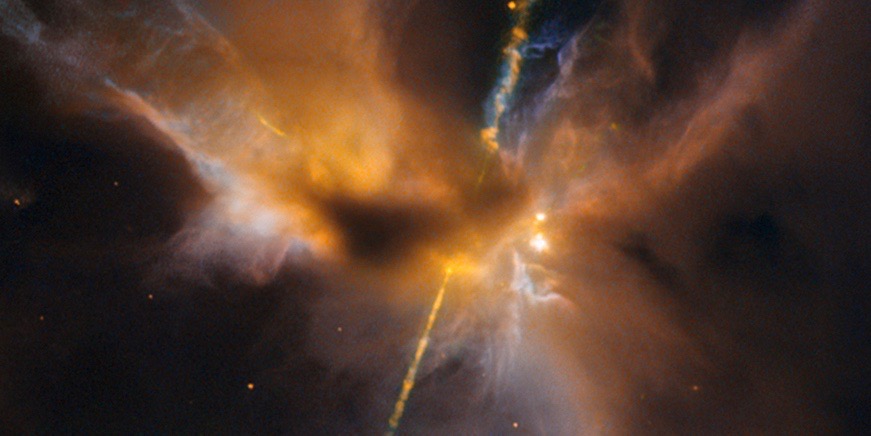News
Reconciling Philosophical Tensions Within Exoplanet Science
By Kevin Heng PlanetS is forcing the unification of several schools of thoughts that are traditionally distinct, even if they share common interests. The study of planets within and beyond our Solar System is a topic that both planetary scientists and astronomers agree is immensely fascinating. From a distance, it appears as if these scientists exist as […]
Continue ReadingA taste of the Andes from Geneva
Following the discovery of the first exoplanet in 1995, the Department of Astronomy of the University of Geneva built and installed the Euler telescope at ESO’s La Silla Observatory in 1998. This 1.2m diameter telescope is connected to the high-resolution spectrograph CORALIE, whose software instantly computes precise radial velocities of observed stars in order to […]
Continue ReadingAsk the NCCR
Do you want to know more about PlanetS, its organization, structure, options, prospects or limitations? After this year’s General Assembly and some subsequent discussions, we thought that a number of issues might not be clear and asked you to send us all these questions you have about the NCCR that you never had a chance […]
Continue Reading“A degree in physics opens many doors”
Many young researchers are concerned about their professional future. The newsletter InsiderS by the National Centre of Competence in Research PlanetS presents physicists who have made a career outside the university. Bettina Zahnd is head of Accident Research and Prevention at the AXA Insurance Group in Winterthur. “Those who have studied physics have many abilities: […]
Continue ReadingRoberto vs Roberta
By Nadine Afram During the LERU (League of European Research Universities) conference at the University of Zürich in June, implicit gender bias as one significant explanation of the loss of female talent in academia was examined. One of the speakers, Roberto Weber, Professor of Economics at UZH, shared a very interesting thought experiment with us. […]
Continue ReadingPlanetS at Exoplanets II
By Thibaut Roger Two to three hundred exoplanetary scientists from all around the world met in Cambridge from the 2nd of July to the 6th of July, for the Exoplanets II conference. It followed the first edition two years ago in Davos and will continue in Heidelberg in 2 years. More than 30 members and […]
Continue ReadingConfronting theory and observations
30 members of PlanetS gathered on the 9th of July 2018 in Bern for a workshop with the title “Exoplanet Demographics: Observations Confront Planet Formation Theory”. “We have such good expertise in the NCCR that you just have to bring people together,” says organizer Christoph Mordasini: “That is the challenge.” One of the reasons why […]
Continue ReadingWhen science and art meet
By Thibaut Roger On the 6th and 7th of July 2018, few thousands of visitors, from 1 to 100 years old, enjoyed the 12th edition of the Night of Science. There they could discover sciences, with the thematic of “All an art ?”, under the guidance of few hundreds of scientists and students. The NCCR PlanetS […]
Continue ReadingIron and titanium in the atmosphere
Metal vapours have been detected in the atmosphere of an “ultra-hot Jupiter” by a team of astronomers led by the UNIGE. Exoplanets, planets in other solar systems, can orbit very close to their host star. When, in addition to this, the host star is much hotter than our Sun, then the exoplanet becomes as hot […]
Continue ReadingTom Dooley and the young, active sun
Just about 4.5 billion years ago, our sun went through an active phase during which it shone much more brightly than it does today – a conclusion researchers reached after taking measurements at ETH Zurich using a truly unique instrument. The Institute of Geochemistry and Petrology at ETH Zurich is home to an instrument that […]
Continue Reading
